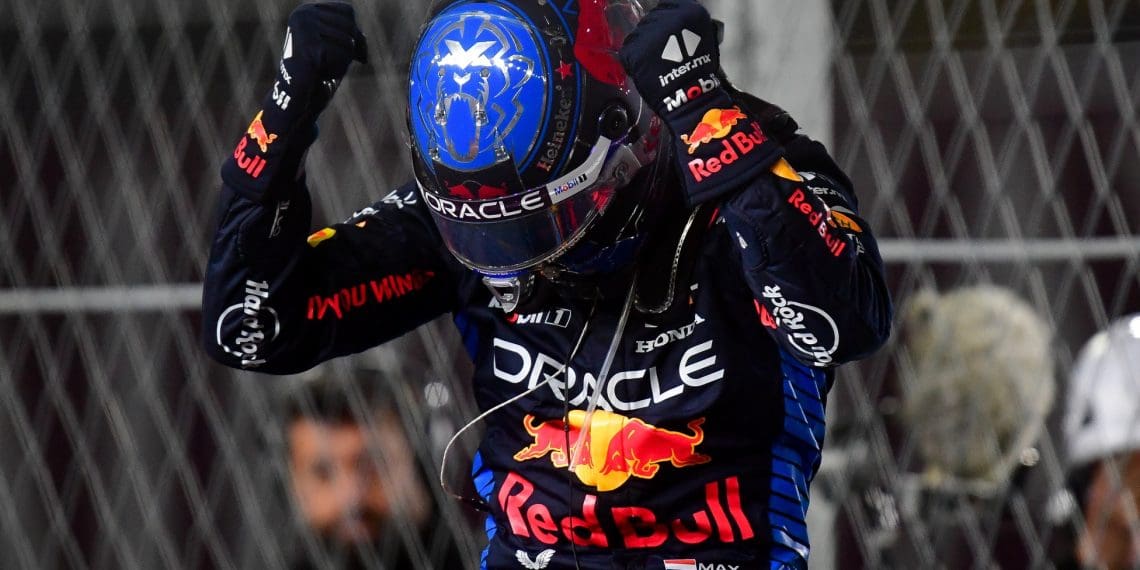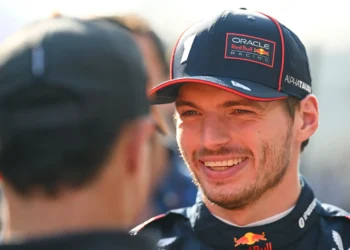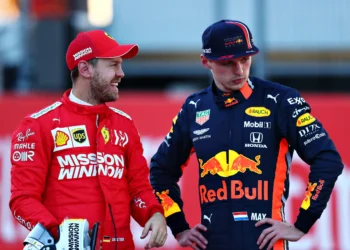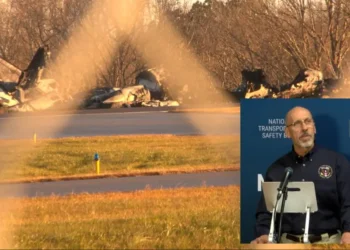Max Verstappen has always been a driver who thrives under pressure, but his 2024 Formula 1 season might go down as one of his most remarkable feats yet. After a blistering start with seven wins in the first 10 races, Red Bull’s dominance hit a shocking roadblock—balance issues with their RB20 left the team floundering mid-season, allowing rivals to close the gap. For 10 agonizing races, the once-unbeatable team failed to claim a single victory, hitting rock bottom at Monza. That’s when Verstappen stepped in, identifying a data anomaly that reignited Red Bull’s campaign and ultimately secured his fourth consecutive world title.
Monza Meltdown: The Turning Point
The low point came at the Italian Grand Prix, where Verstappen described his car as a “monster,” struggling to handle the corners and failing to match its earlier performance. It was a crushing reality for a team accustomed to dominating the grid.
“All plans for new parts that were to come after [Monza] could go in the bin,” Verstappen revealed. “The team basically started all over again after that. They couldn’t find the exact problem before that.”
Faced with a dire situation, Red Bull went back to the drawing board. Verstappen himself spearheaded a forensic analysis of the car’s data, uncovering a crucial aerodynamic issue that had previously gone unnoticed.
The Data Discovery That Changed Everything
“I saw some graphs at one point when we were looking at the data,” Verstappen recounted. “I saw certain aerodynamic shifts in how we entered the corners, turned in, and also in terms of ride heights. Different from the car from the year before.”
That moment of clarity allowed Verstappen to pinpoint the root of Red Bull’s struggles: changes to the car’s balance and aerodynamics compared to 2023. The revelation sent the team in an entirely new development direction.
“It was very clear that this and this is the problem, isn’t it? And that was right, I heard,” Verstappen explained. “It was clear what we had to work on.”
Red Bull’s Road to Recovery
The discovery not only explained why Red Bull’s upgrades weren’t translating into performance but also gave the team a roadmap to address the issues. Despite the budget cap adding another layer of complexity, Red Bull made calculated changes that paid off in the latter part of the season.
Victories in the São Paulo and Qatar Grands Prix, as well as the United States Sprint, signaled the team’s resurgence. “I’m proud of how we have found solutions and how we have become, again, more competitive,” Verstappen said.
The Champion’s Insight
Verstappen’s involvement underscores why he is more than just a fast driver—he’s a true racer with a deep understanding of car dynamics. Even during the team’s early-season dominance, he felt something was amiss with the RB20’s balance, a concern that became glaringly evident when rivals caught up.
“The problem was that we didn’t fully understand what was wrong, because all the numbers we saw were actually promising,” Verstappen admitted. “But we kept digging and trying to improve that balance in the car. It took a few races, but we got there.”
Crowning Glory in Las Vegas
The turnaround culminated in Verstappen clinching his fourth consecutive world title with two rounds to spare at the Las Vegas Grand Prix. It was a fitting finale for a season that tested his and Red Bull’s resilience like never before.
What’s Next for Red Bull?
With Verstappen’s insights and Red Bull’s adaptability, the team has laid the groundwork for a more robust 2025 campaign. Lessons learned in 2024 will undoubtedly influence the design and strategy for next year’s car. As Verstappen himself puts it, “Some things you cannot change in the season. This is for next year.”
One thing is certain: Red Bull’s rivals should brace themselves, because the Dutch maestro and his team are ready to return to their dominating ways.










